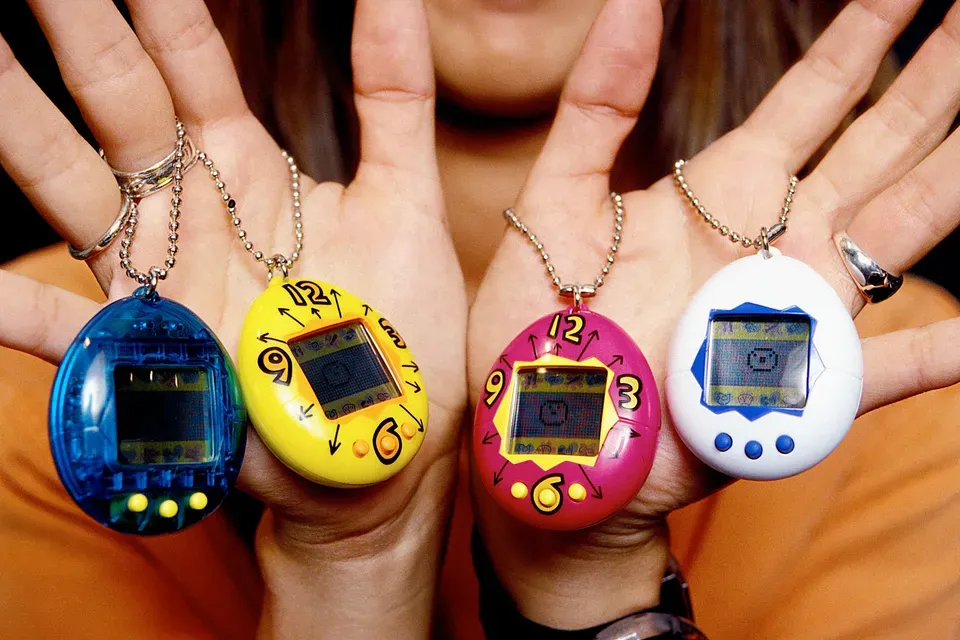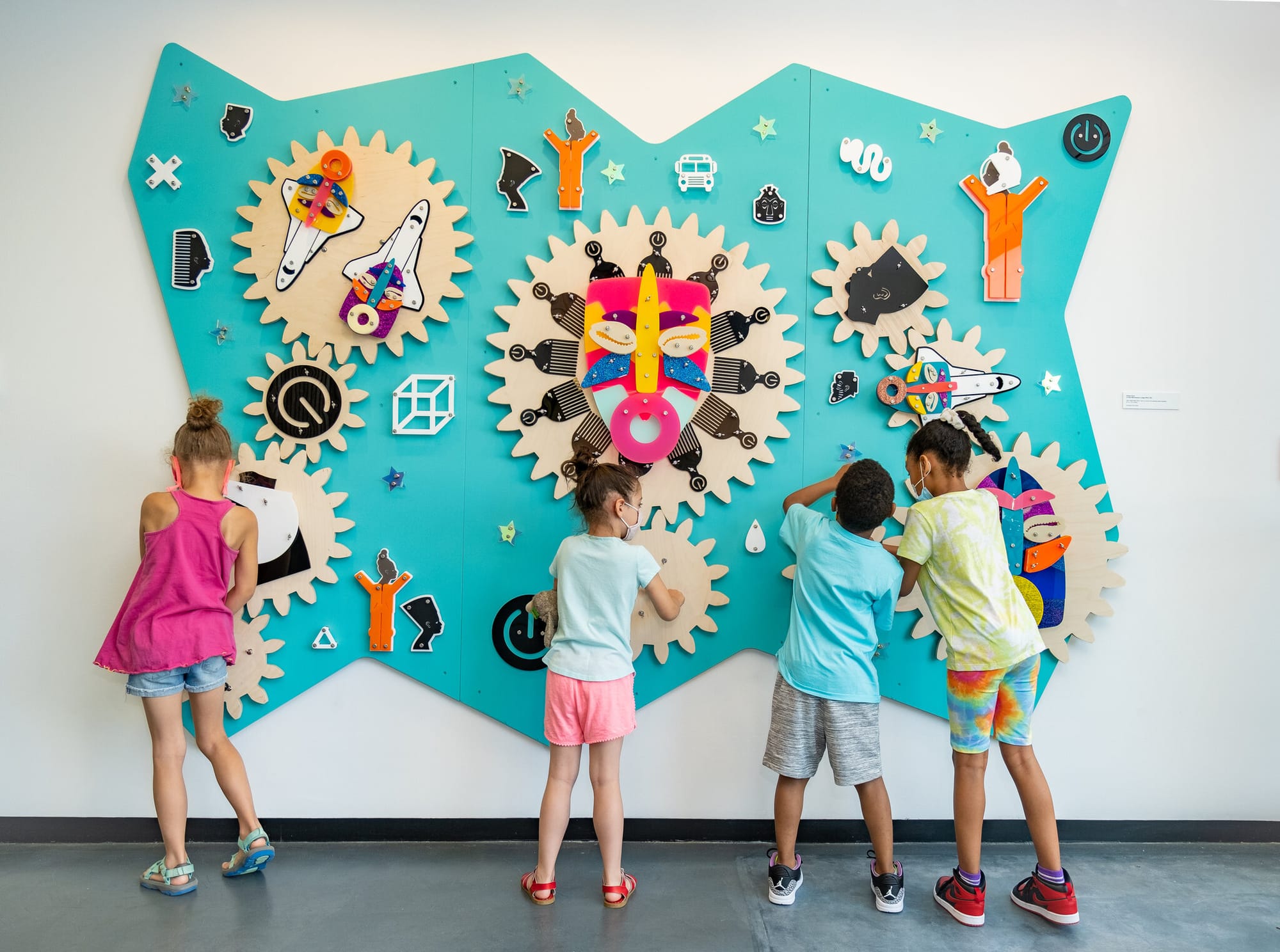The Soft Labor Questionnaire: Damien Davis
Welcome to Soft Labor, the namesake publication of Soft Labor, a strategic consultancy for organizations, designers, and the culture industry led by Sarah Hromack-Chan. Soft Labor is a publication about creative labor—what it is, what it looks like, and how it has and will continue to change. Did someone forward you this publication? Subscribe, read our archives, or email us at info@softlabor.biz.
The Soft Labor Questionnaire
The Soft Labor Questionnaire, is simply that: A brief series of questions we’ve asked comrades in the field to answer about their own working experiences. Would you like to respond to the Soft Labor Questionnaire? Go right ahead and do so.
Today's respondent is Newark-based artist, writer, and educator Damien Davis, whose work explores cultural representation and the recontextualization of symbols through digital and analog processes. His practice spans sculpture, installation, and public art, often centering themes of identity, memory, and systems of visibility. Davis has exhibited at institutions including The Metropolitan Museum of Art, the Museum of Modern Art, and the Whitney Museum of American Art. He currently teaches at Purchase College (SUNY). He has also recently published several provocative opinion essays for Hyperallergic, "It’s Time to Rethink the 50/50 Split With Art Galleries" and "When Artists Are Too Old to Be “Emerging”.
Tell us about the first job you ever did for money.
The first job I ever did for money was pulling weeds for neighbors in Phoenix with my older brother during the summer. It was brutal—scorching heat, prickly plants, and no shade—but it taught me the value of hard work and the satisfaction of finishing a job together.
Is your current work related to what you studied in school? If so, how? Or, how not?
Yes, my current work is directly related to what I studied in school. I earned a BFA in studio art and an MA in Visual Arts Administration, and both have shaped the way I approach my practice. The BFA gave me a strong foundation as a maker, while the MA helped me understand how institutions function—and how to navigate, critique, and work within them. That dual perspective continues to influence my work as an artist, educator, and public art practitioner.
What cultural touchpoint—music, art, literature, etc.—has informed your practice the most? How?
One of the biggest cultural touchpoints for my practice is early video game culture—both the visual language of pixel graphics, Tamagotchis, and Microsoft Paint, and the deeper mechanics of character selection and gameplay. Growing up, these platforms became tools for experimenting with identity. Even when representation was lacking, I learned to self-organize by gravitating toward certain archetypes—the healer, the rogue, the shapeshifter—as ways of exploring softness, queerness, and resistance. That instinct to remix, role-play, and subvert rigid categories still shapes how I use symbols and storytelling in my work today.

What is the most rewarding aspect of working in your industry? The most challenging?
The most rewarding part of working in the arts is the ability to create something that resonates—whether it’s a public artwork that makes people feel seen or a classroom conversation that shifts someone’s perspective. There’s real joy in building community through creative practice.
The most challenging part is navigating the structural inequities that shape the art world—who gets funded, who gets visibility, and who gets left out. It takes constant effort to push back against those systems while still finding space to make meaningful work.
Has AI impacted your work? How?
AI hasn’t significantly impacted my creative work, since I enjoy conceptualizing, engineering, and assembling everything myself. That hands-on process is core to my practice—it’s where meaning is built, not just executed. While I use AI to help streamline some of the administrative demands of being a working artist, the actual making remains deeply personal and tactile. The work comes from lived experience, memory, and a physical engagement with materials that AI can’t replicate.
What advice would you give to someone starting a career in your industry?
My advice: don’t do it unless your eyes are fully open to all parts of it—not just the romantic, idealized version. Being an artist isn’t just about making work; it’s also about navigating institutions, rejection, funding gaps, and the emotional toll of constant self-promotion. That said, if you’re committed, resourceful, and willing to build community along the way, there’s real beauty and meaning to be found in the mess of it all.
What are you obsessed with that has little-to-nothing to do with "work"?
I’m obsessed with Star Trek—especially the way it imagines alternative futures grounded in cooperation, ethics, and curiosity. On the surface, it has nothing to do with my work, but honestly … it probably has everything to do with it. The show’s approach to world-building, symbolism, and moral complexity definitely sneaks into how I think about art, identity, and systems of power.
